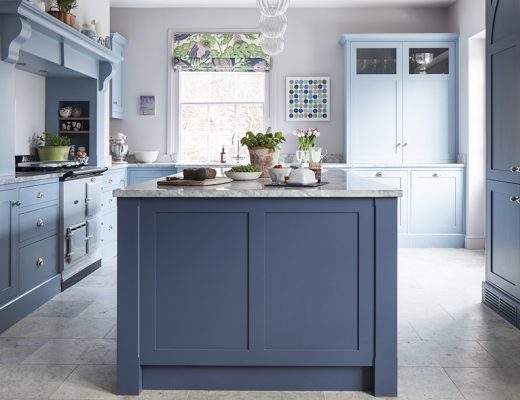You might have heard about the new Right To Repair bill. It was announced spring 2021 to come into force during the summer, and marks rather a large change in what’s expected of the appliances we use in our homes.
If you’ve bought an appliance – big or small – , you’ve probably received a link to register it with the manufacturer to benefit from some cover and to get updates on any recalls if needed, or been asked if you want to pay for extended cover should anything go wrong. I admit, warranties and the like is a bit of a minefield and can sometimes feel like you’re not sure whether to go for extra cover, or chance it. But when you’re spending significant amounts of money on a piece of kitchen kit, the last thing you want is for it to break and be faced with the cost of replacing it.
The Right To Repair bill aims to give you, the consumer, more control over repairs should they ever be needed – and in turn make buying appliances more sustainable.
Under Right To Repair, manufacturers of household appliances like fridge-freezers, range cookers or dishwashers (as well as others, of course) are legally obliged to make spare parts available to consumers for the first time. This applies for up to 10 years from the date of purchase.
There are two main benefits:
- It allows appliances to be fixed rather than discarded, helping to prolong the life of them and saving you money on buying a new one.
- It should reduce the waste of items such as white goods going to landfill – ergo: good for the environment.
The BBC reported that ‘the new rules will be estimated to reduce the 1.5 million tonnes of electrical waste said by the government to be generated in the UK each year and to contribute to reducing carbon emissions overall.’
During the pandemic, the sale of white goods and domestic appliances has skyrocketed with sales for the these goods in the first quarter of 2020 topping £1 billion – an increase of 2.5% on figures recorded in 2019 – but many of these goods will soon be thrown onto the scrapheap as many manufacturers do not offer replacement parts or servicing, forcing consumers to repeatedly buy new items.
Stats from Lupe Technology say 13% of us (almost 6 million people) agree that the majority of their plastic domestic appliances have broken within the first two years, while more than 18% (8,107,000) are storing many domestic appliances at home that have broken which can’t be recycled or disposed of easily. Is that you?
Meanwhile, Uswitch found that us consumers are hoarding 184 million piece of unused technology worth almost £7 billion!
The Right To Repair bill is a good step to helping you fix and prolong the life of your kitchen and home appliances, so if you’ve got a dodgy fridge door, a knob that needs fixing or a seal that’s gone on your washer, get in touch with the manufacturer (the brand) to order the parts required.
As with anything, make sure you have the skills to take on the repairs and if you’re unsure, seek professional guidance – particularly when dealing with electricals, gas and plumbing.
Let’s all think about fixing things before sending them off to the dump. Who’s with me?
You may also enjoy: The new energy label and how to read it
Featured image: iStock.




